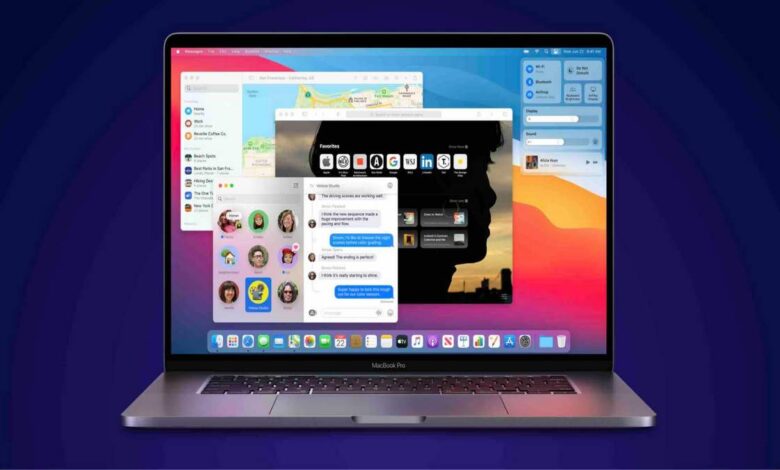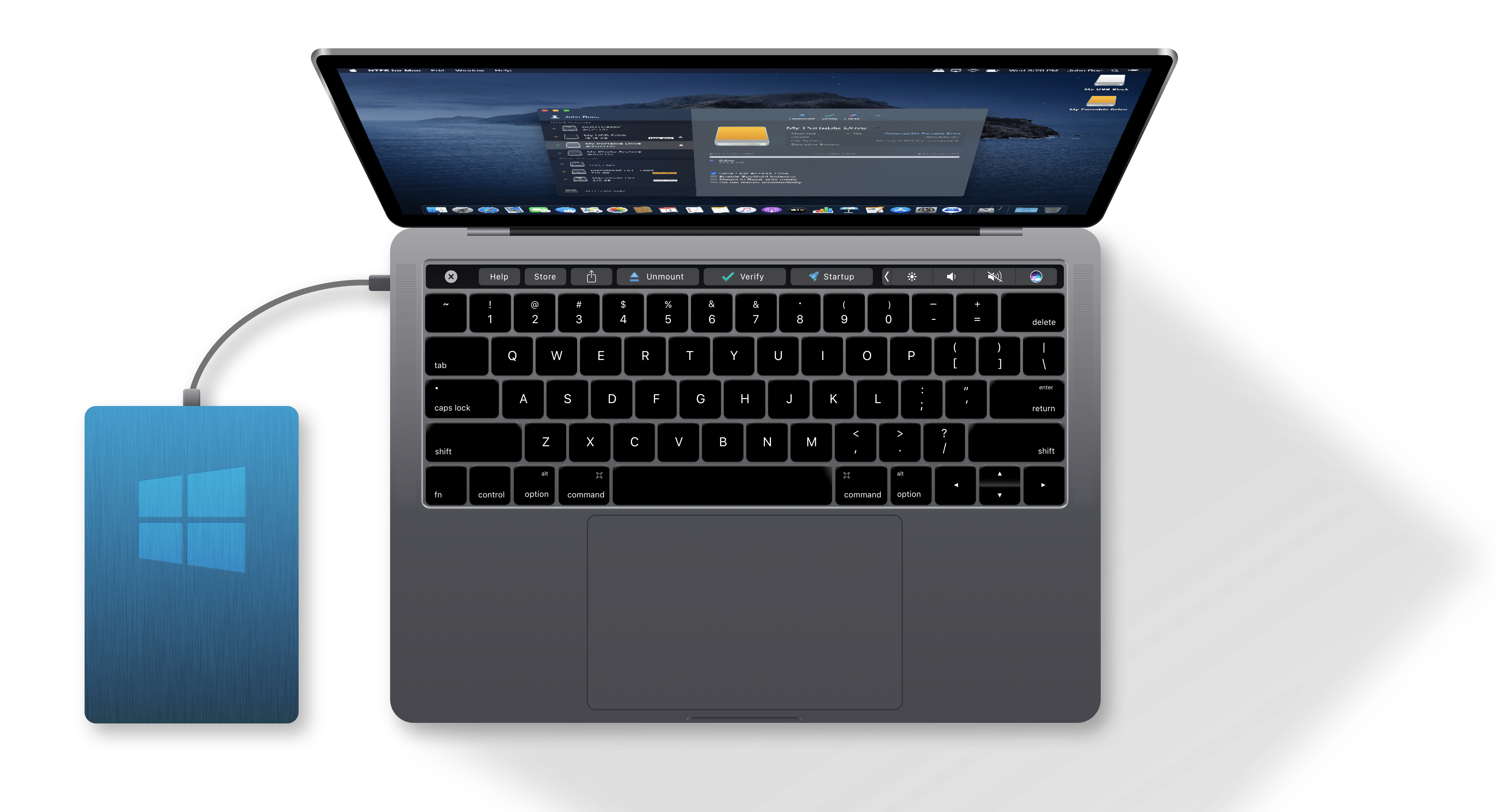

- #How can mac use ntfs for mac#
- #How can mac use ntfs driver#
- #How can mac use ntfs full#
It enables full read-write access to Microsoft NTFS drives on Mac, including freely creating, saving, copying, pasting, deleting, and modifying files. It’s very cost-effective and saves you so much trouble.
#How can mac use ntfs for mac#
Though you have to pay a little money to commercial NTFS drivers for Mac, they can offer high reliability, fast writing speed, excellent compatibility, and free technical support, which you probably won’t get from the free NTFS driver’s Mac as mentioned above.Īnd among all these paid NTFS drivers available, Microsoft NTFS for Mac by iBoysoft is our top recommendation.
#How can mac use ntfs driver#
Commercial but easy-to-use NTFS driver for Mac | NTFS Drives on Mac If you are troubled by the inconvenience of free NTFS drivers for Mac, there’s a better choice for you. Therefore, after using FUSE for macOS, you should turn on SIP as soon as possible. Your Mac will be easier to get attacked by malware or hackers. It has to disable SIP (System Integrity Protection), which decreases the security of your Mac. There’s no technical support when issues occur.It could be unstable or unreliable sometimes.
 The operations and installation are too technical for regular users. However, most of them have inevitable flaws. Mounty for NTFS, NTFS-3G, and FUSE for macOS, just to name a few. If you don’t want to erase your disk, there are some free NTFS drivers for Mac, which guarantee the read-write support on Mac. Use free but complicated NTFS driver for Mac. Now you should be able to read and write to the drive on Mac. You can leave the default Scheme GUID unchanged.Īs for the Name, it’s totally your choice.Īfter filling in the information, click on the Erase button to finish. These two file systems are compatible with both Windows and Mac operating systems. We recommend exFAT and FAT32 format for you. Then you will see a pop-up that asks for Name, Format, and Scheme for the external hard drive. Click the Erase on the top of the menu. Select the external hard drive you want to format on the left sidebar. Click on Launchpad at the dock of your Mac, choose Other. If your hard disk happens to meet the above requirements, you can consider formatting your drive. Third, there are essential files within the trip, but they are already backed up or restored first. Second, even if there are files on the journey, they don’t matter and can be erased without any concern. First, the drive is fresh new with nothing on it. It’s an excellent solution for the following three conditions. Format your external hard drive to a compatible file system Commercial but easy-to-use NTFS driver for Mac | NTFS Drives on Macġ.
The operations and installation are too technical for regular users. However, most of them have inevitable flaws. Mounty for NTFS, NTFS-3G, and FUSE for macOS, just to name a few. If you don’t want to erase your disk, there are some free NTFS drivers for Mac, which guarantee the read-write support on Mac. Use free but complicated NTFS driver for Mac. Now you should be able to read and write to the drive on Mac. You can leave the default Scheme GUID unchanged.Īs for the Name, it’s totally your choice.Īfter filling in the information, click on the Erase button to finish. These two file systems are compatible with both Windows and Mac operating systems. We recommend exFAT and FAT32 format for you. Then you will see a pop-up that asks for Name, Format, and Scheme for the external hard drive. Click the Erase on the top of the menu. Select the external hard drive you want to format on the left sidebar. Click on Launchpad at the dock of your Mac, choose Other. If your hard disk happens to meet the above requirements, you can consider formatting your drive. Third, there are essential files within the trip, but they are already backed up or restored first. Second, even if there are files on the journey, they don’t matter and can be erased without any concern. First, the drive is fresh new with nothing on it. It’s an excellent solution for the following three conditions. Format your external hard drive to a compatible file system Commercial but easy-to-use NTFS driver for Mac | NTFS Drives on Macġ. 







 0 kommentar(er)
0 kommentar(er)
